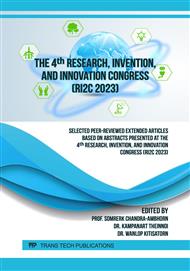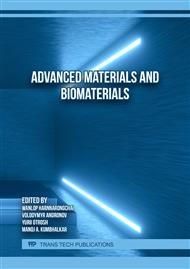p.3
p.17
p.25
p.33
p.39
p.47
p.57
p.65
p.77
Mechanical and Sound Absorption of Rice Straw Fiber Reinforced Bio-Epoxy Composites for Lightweight Components in Rail Vehicles
Abstract:
The study explores the possibility of using rice straw fiber reinforced bio-epoxy composites as lightweight components for rail vehicles, which is in line with the current sustainability demands in transportation. The analysis covers various mechanical properties such as tensile strength, modulus and impact strength. Furthermore, the study focuses on testing the sound absorption coefficient of the composites, examining their ability to absorb sound energy across frequencies crucial for rail environments. The investigation also explores the effect of NaOH treatment on fiber-matrix compatibility, highlighting the ideal treatment parameters to prevent any unintended structural modifications. Despite having lower tensile strengths than neat epoxy, the composites display improved mechanical behavior and sound absorption properties. The study highlights the potential of these composites to contribute to sustainable rail solutions, promoting both performance and eco-conscious design. With their superior mechanical properties and sound absorption, these composites could lead to a shift in material preferences in the rail industry, paving the way for a sustainable paradigm in rail vehicle design.
Info:
Periodical:
Pages:
39-44
Citation:
Online since:
October 2023
Authors:
Keywords:
Price:
Сopyright:
© 2023 Trans Tech Publications Ltd. All Rights Reserved
Share:
Citation:



